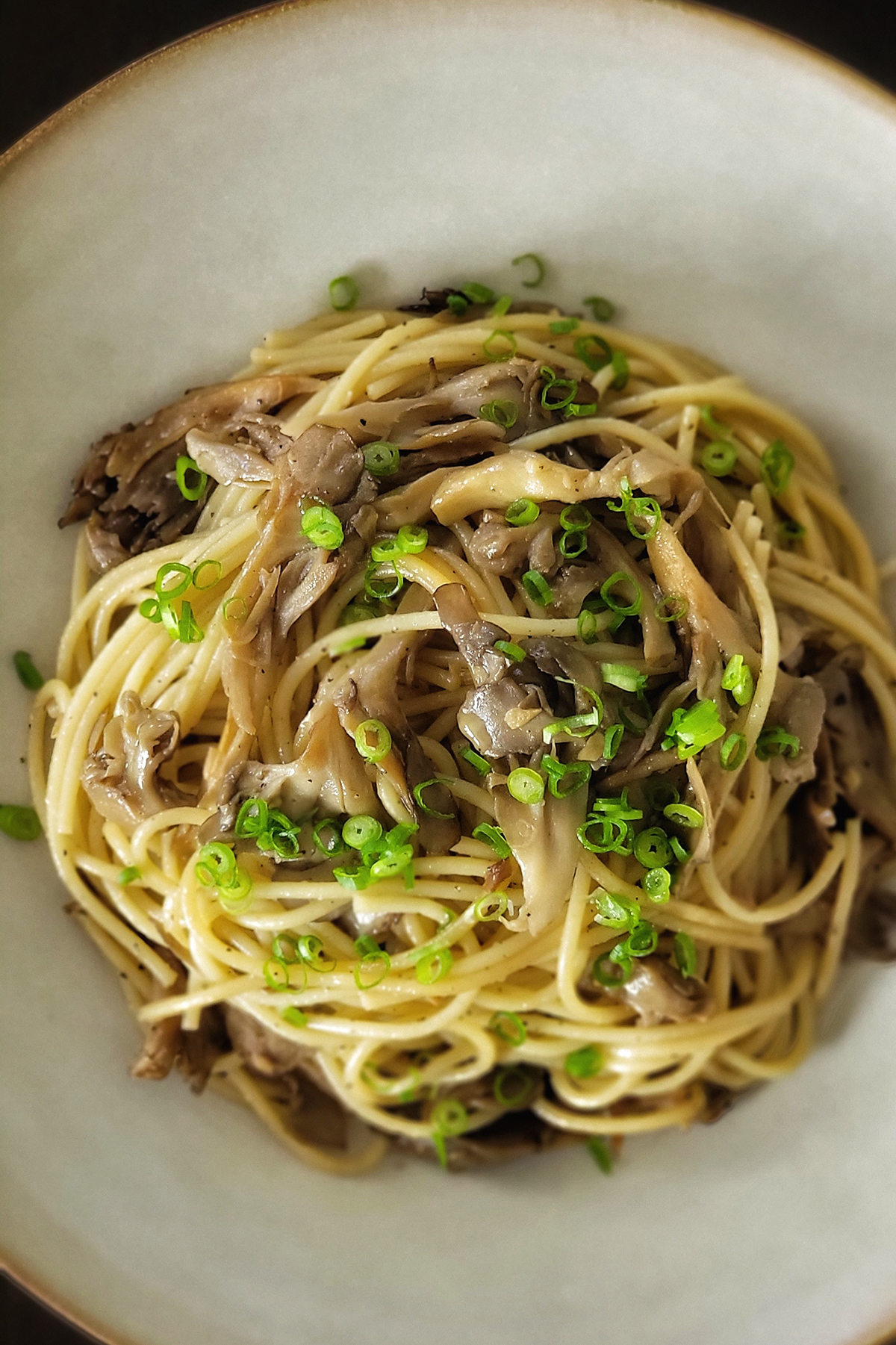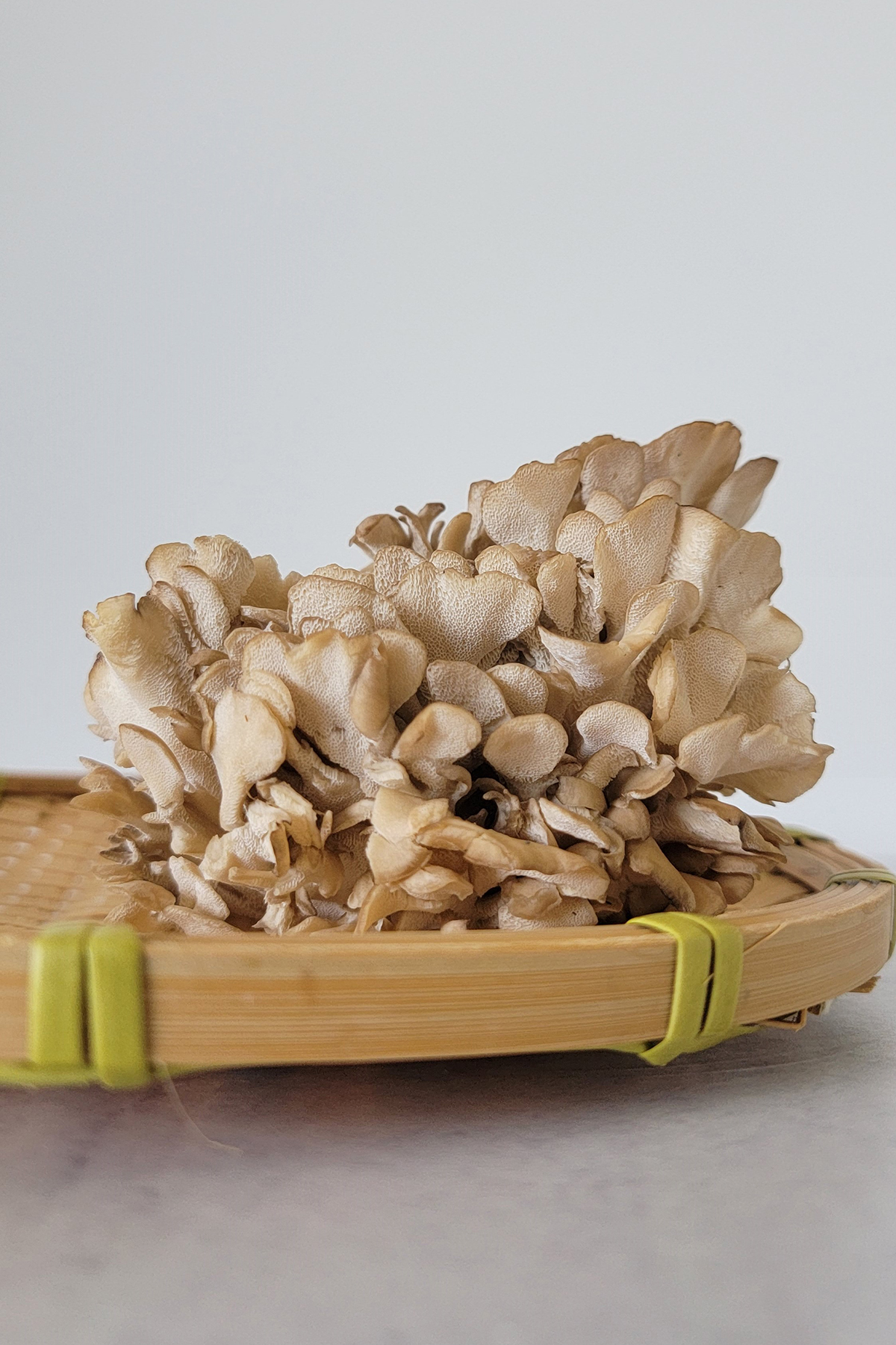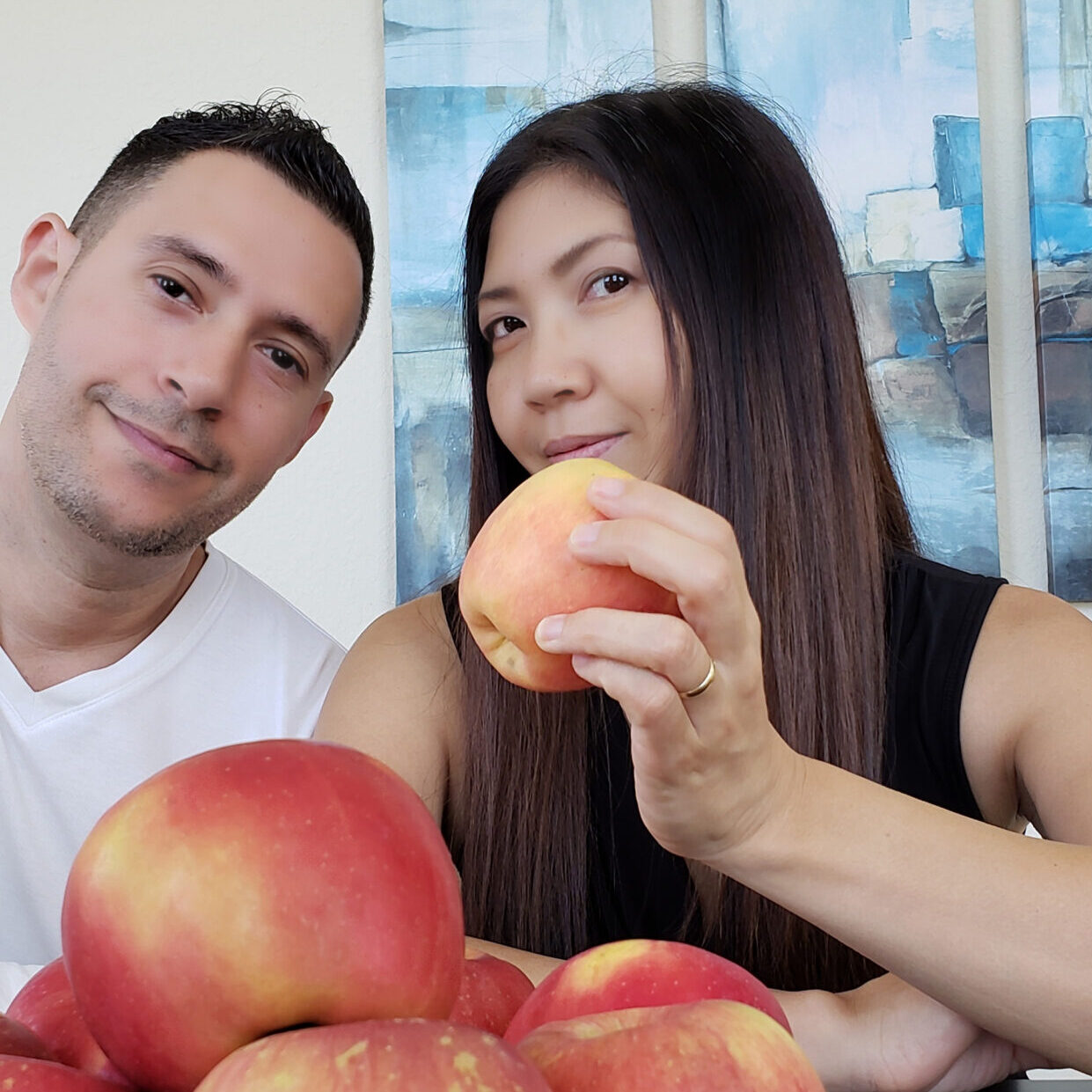Last Updated on November 20, 2022
Maitake Mushroom is one of the popular mushrooms in Japanese cooking that’s great for side dishes, main dishes, from rice to noodles just about anything. If you’re looking for a different kind of mushroom to incorporate into your Japanese food, maitake might be your next favorite!
What are Maitake Mushrooms?
Maitake mushrooms are one of the commonly used mushroom in Japan. In fall when the weather and the color of leaves start changing, the Japanese people appreciate this transition of seasons with food and maitake is one of them.
Mushrooms are definitely considered as a seasonal food in Japan, autumn to winter to be exact. The Japanese people look forward to seeing a variety of mushrooms in grocery stores and enjoy them in various ways.
The word “maitake [舞茸]” means “dancing mushrooms” in Japanese. According to Yukiguni Maitake, one of the largest maitake producer in Japan, the origin of the name seems to have a few theories.
- Back in the days, maitake used to be a rare find. So, people would dance with joy when they spotted it.
- The shape of maitake looks like dancing (flying) butterflies hence it was named dancing (flying) mushrooms — in Japanese, the action of flying can be described as “mai (noun) or mau (verb) [舞い or 舞う]”
Maitake mushrooms may appear slightly different in colors. Some are brown & white and others are somewhat gray & white.
Taste
Maitake mushroom has a good umami taste especially when you sauté them until you can see a slight color change from caramelization. It’s also a good source of fiber and vitamin D. Although it’s rich in umami, the overall flavor is somewhat mild and subtle.
Texture
Maitake mushroom has a pleasantly crispy texture. It’s similar to wood ear mushroom but thinner and tenderer. I personally love the texture of maitake. Just like the taste, you can enjoy the texture at its best when sautéed until caramelized.
What to Make with Maitake Mushrooms
I have a couple of great recipes to enjoy the taste of maitake.
Maitake Rice (Vegan) is a great introduction to a simple way to enjoy the taste of maitake in Japanese style cooking. The flavor of maitake is infused in the rice with an addition of fresh ginger and seasoned with soy sauce.
You can make it in either on a stovetop or rice cooker! It’s my personal favorite maitake recipe.
Butter Shoyu Maitake Pasta (Vegan) is another way to savor the umami of maitake mushrooms. It’s an easy Japanese fusion pasta dish that features both the taste and texture of the maitake mushrooms at best.
The unique taste of the soy sauce (shoyu) + butter (vegan butter) combo is highly addicting!
How To Prepare Maitake Mushrooms
It’s very easy to prep maitake mushrooms. All you have to do is to cut off the bottom and tear or shred with hands. After that, they’re ready to use!
How to Store
If you’re like me, you’ll buy maitake mushrooms from the store that’s already packed. If you find them at a farmers market without packaging, you may want to keep them in a paper bag or simply store in a container with a lid.
Either way, store in the fridge but all I can say is use as soon as possible!
Fresh maitake has a good mushroom smell but in a positive way. But sometimes you may find the maitake turning noticeably brown, slimy, excessively moist (wet.)
A little discoloration as well as the visible white spots (fungus) are completely fine. If they’re too dark and collecting lots of water at the bottom of the package, you may want discard it.
When maitake is bad, you can smell the bad odor in the air the whole time you’re cooking it. Also, it tastes sour so you’ll know immediately something is not right.
Where to Find
I buy my organic maitake mushrooms from a local Whole Foods Market. I’ve also seen them at other grocery stores as well.
Of course, many Asian grocery stores especially Japanese and Korean ones carry maitake mushrooms.















